What are NdFeB Magnets
NdFeB magnets, also called neodymium magnets, are a type of rare-earth magnet made from an alloy of neodymium (Nd), iron (Fe), and boron (B). These magnets are known for having the strongest magnetic properties among all permanent magnets available today.
Key properties of NdFeB magnets
- High magnetic strength: Much stronger than ferrite and samarium-cobalt (SmCo) magnets
- Thermal stability: Can operate effectively at elevated temperatures (depending on grade)
- Corrosion resistance: Usually coated (e.g., NiCuNi or epoxy) to prevent rust and oxidation
Comparing NdFeB with other magnets
| Property | NdFeB | Ferrite | Samarium-Cobalt (SmCo) |
|---|---|---|---|
| Magnetic strength | Highest | Moderate | High |
| Temperature resistance | Good (up to ~200°C) | Moderate | Excellent (up to 350°C) |
| Corrosion resistance | Needs coating | Naturally corrosion resistant | Excellent |
| Cost | Higher | Low | Higher |
NdFeB magnets outperform ferrite magnets in strength and size efficiency. While SmCo magnets handle heat and corrosion better, NdFeB offers a better balance of power and cost, making them the preferred choice in wind turbine applications.
Wind Generators and Their Dependence on Magnets
Wind generators convert wind energy into electricity using a rotor connected to a generator. When wind spins the blades, it turns the rotor, which spins a shaft inside the generator. This rotation creates a magnetic field that induces electrical current.
Permanent magnets, especially in modern direct-drive wind turbines, play a key role. These magnets eliminate the need for electrical excitation, making the generator more efficient and reliable. By using strong permanent magnets, the generator can produce power at lower speeds, reducing mechanical complexity and maintenance.
Differences Between Geared and Direct-Drive Wind Turbines
| Feature | Geared Wind Turbine | Direct-Drive Wind Turbine |
|---|---|---|
| Mechanism | Uses a gearbox to increase rotor speed | Rotor connected directly to generator |
| Magnet Use | Smaller magnets, relies on electromagnetic field | Large high-performance permanent magnets (NdFeB) |
| Maintenance | More moving parts, higher wear | Fewer moving parts, lower maintenance |
| Efficiency | Lower due to gearbox losses | Higher due to direct transmission |
| Size & Weight of Generator | Smaller generator, gearbox adds weight | Larger generator, no gearbox |
Permanent magnets in direct-drive systems, like NdFeB magnets, are crucial because they provide strong magnetic fields without the complexity of wiring and power supplies. This makes them essential for modern wind power designs, especially in large-scale turbines.
Why Use NdFeB Magnets in Wind Generators
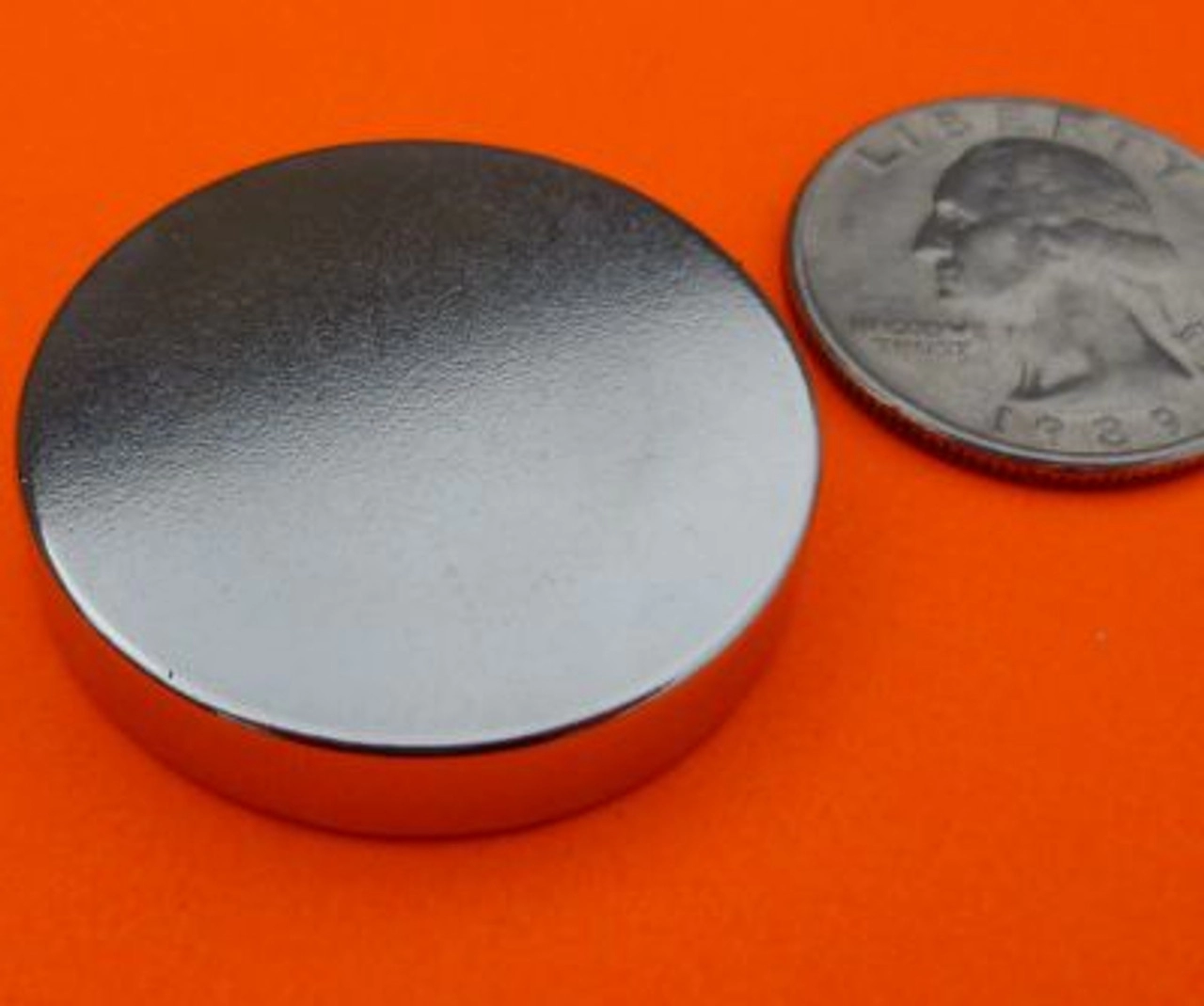
NdFeB magnets are the go-to choice for wind generators because of their superior magnetic strength. This high magnetic power means the generator can operate more efficiently, converting wind energy into electricity with less energy loss.
Using NdFeB magnets also allows for smaller and lighter generators. This size and weight reduction leads to more compact turbine designs, which can cut down on material costs and simplify installation and maintenance.
These magnets deliver better power output and remain reliable even in tough environments. They handle extreme temperatures and vibrations well, making them perfect for the demanding conditions wind turbines face.
Finally, NdFeB magnets have excellent longevity. They resist demagnetization and corrosion much better than other magnets. This durability helps keep turbines running smoothly over many years with fewer replacements or repairs. For detailed magnet specifications and protection options, check out NBAEM’s expert guidance on magnets used in wind turbines.
NdFeB Magnet Specifications for Wind Generators
When choosing NdFeB magnets for wind generators, several key specs matter to make sure they perform well in the field.
Typical Grades and Their Suitability
| Grade | Magnetic Strength | Best Use Case |
|---|---|---|
| N35 | Moderate | Smaller turbines, cost-sensitive setups |
| N38 | High | Mid-sized turbines with balanced needs |
| N42 | Very High | Large direct-drive turbines |
| N55 | Highest | High-performance, space-limited designs |
Higher grades generally offer stronger magnetic fields, which improve efficiency and reduce size and weight of the generator components.
Coating Types for Environmental Protection
Coatings keep NdFeB magnets safe from corrosion and help them last in harsh turbine environments:
- NiCuNi (Nickel-Copper-Nickel): Durable, common for wind turbines
- Epoxy: Good for moisture resistance but less durable
- Other Options: Gold, zinc coatings depending on specific needs
Customization Options from NBAEM
NBAEM provides custom shapes, sizes, and magnetic orientation tailored to fit different turbine designs. This flexibility optimizes magnet placement and maximizes generator efficiency.
Thermal Classification and Importance
NdFeB magnets come with different thermal classes that indicate max operating temperature:
| Thermal Class | Max Temperature | Turbine Relevance |
|---|---|---|
| N (80°C) | 80°C | Small turbines or mild climates |
| M (100°C) | 100°C | Standard turbines, moderate conditions |
| H (120°C) | 120°C | High-temp zones in large turbines |
| SH (150°C) | 150°C | Harsh environments, extreme climates |
Choosing the right thermal grade ensures the magnets retain their strength without demagnetizing at the high temperatures found inside wind generator assemblies.
Manufacturing and Quality Control at NBAEM
At NBAEM, the focus is on precise manufacturing processes that guarantee high-performance NdFeB magnets for wind generators. Each magnet undergoes strict quality checks to maintain consistent magnetic strength and durability, meeting the tough demands of wind turbine applications.
NBAEM complies with major standards like ISO, REACH, and RoHS, ensuring environmentally safe and reliable products. Their certifications back up the commitment to quality and regulatory compliance, which is crucial for the U.S. market.
They also offer custom magnet solutions tailored to fit specific wind generator designs. From shape and size to magnetic orientation, NBAEM works closely with clients to deliver magnets that perfectly match the needs of both geared and direct-drive wind turbines. This level of customization helps optimize turbine performance and efficiency.
Challenges and Considerations in Using NdFeB Magnets
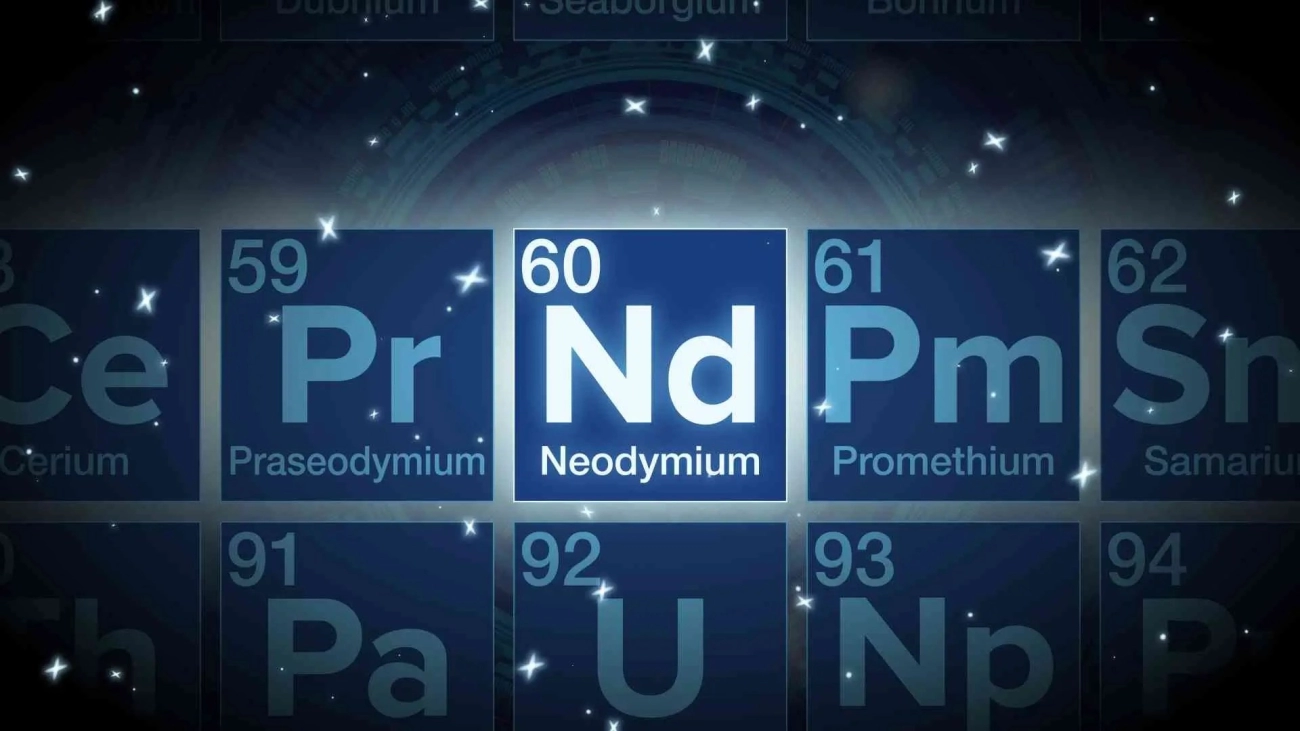
Using NdFeB magnets in wind generators comes with some challenges worth knowing. First, these magnets depend on rare earth elements like neodymium and dysprosium, which can have supply chain issues. Global availability and political factors sometimes cause material shortages or price spikes, impacting production costs.
Speaking of costs, NdFeB magnets are pricier than other magnetic materials. However, their high efficiency and power output often lead to better ROI for wind turbine projects over time. It’s important to carefully analyze upfront expenses versus long-term gains before deciding.
Recycling and sustainability also play a role. Because NdFeB magnets contain rare earth metals, recycling programs are crucial to reduce environmental impact and resource depletion. Advances in magnet recycling technologies and sustainable sourcing are helping the wind energy sector become greener while maintaining performance.
Case Studies Successful Applications of NBAEMs NdFeB Magnets in Wind Generators
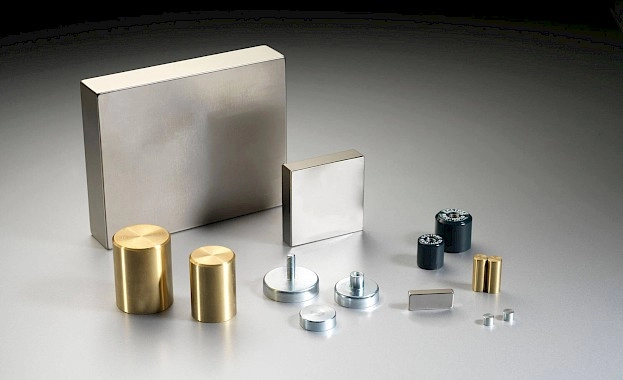
NBAEM’s NdFeB magnets have proven to boost efficiency and durability in various wind generator projects across the U.S. For example, one leading direct-drive wind turbine manufacturer integrated NBAEM’s high-strength N52 magnets, resulting in a 10% increase in power output without adding extra weight. This helped improve overall turbine performance while reducing maintenance costs.
Another case involved a coastal wind farm facing harsh, corrosive conditions. Using NBAEM’s corrosion-resistant NiCuNi-coated NdFeB magnets extended the turbines’ operational life by several years, preventing frequent replacements and downtime.
Clients often mention how NBAEM’s customized magnet solutions fit perfectly into their designs, helping overcome size and thermal challenges unique to U.S. environments. Feedback highlights:
- Reliable magnet performance even in extreme weather
- Improved generator efficiency and quieter operation
- Quick turnaround on custom magnet orders supporting tight project timelines
These real-world results show how NBAEM’s NdFeB magnets are shaping stronger, more efficient, and long-lasting wind generators suited for America’s diverse renewable energy market.

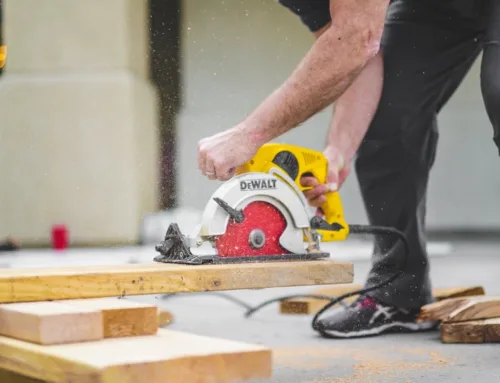
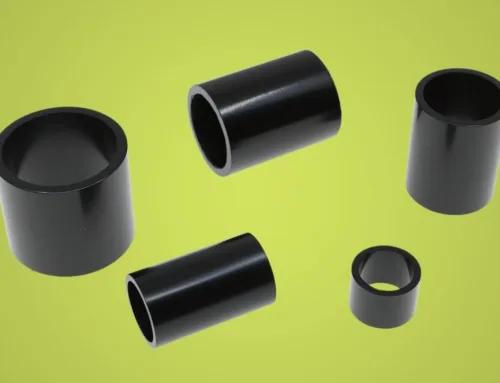
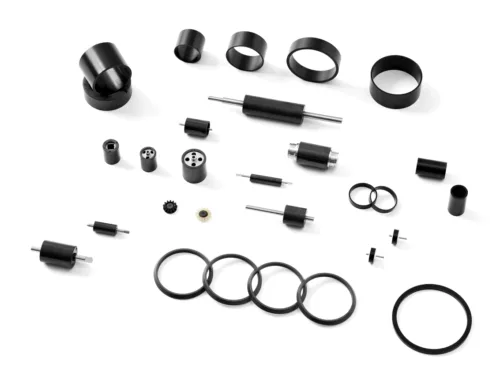
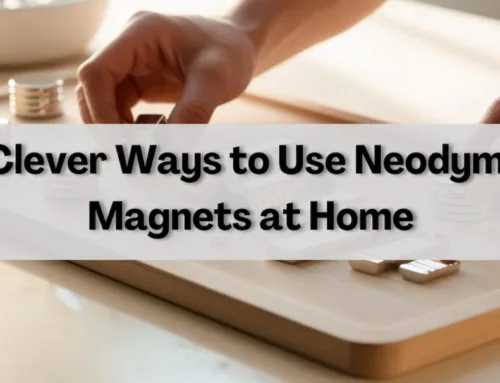
Leave A Comment